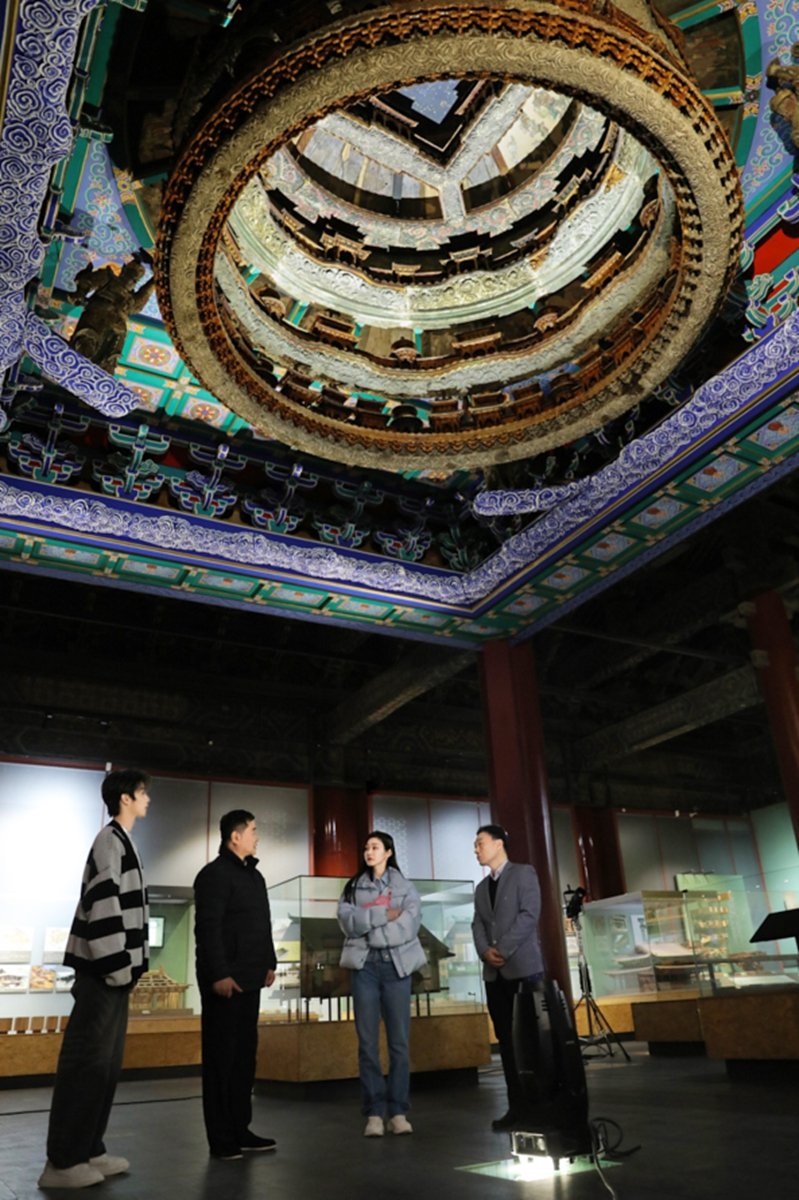The rich tapestry of ancient Chinese civilization unfolds along Beijing’s iconic Central Axis. Spanning a length of 7.8 kilometers, this arterial route embodies the historical and cultural heart of China’s capital. It begins from the southern Yongding Gate, meandering through the Zhengyang Gate, the vast Tiananmen Square, the grand Forbidden City, Jingshan Hill, and ultimately terminating at the northern Drum Tower and Bell Tower.
An amalgamation of architecture, literature, gardens, and countless narratives along the Central Axis have inspired a myriad of shows and documentaries. A recent show titled ‘Glory is Back: Beijing’, streaming on China’s entertainment giant iQiyi, takes a unique approach by exploring this historical thoroughfare from the perspective of ordinary people, particularly the younger generation.
Producer of the series, He Jibing, spoke about the creative challenges of presenting a fresh perspective on the frequently documented Central Axis. The key, he suggests, is to uncover the ‘unfamiliar within the familiar’ – bringing to light new insights and engaging content that resonates with the audience, particularly Generation Z.
He explained that the Central Axis is both tangible, with its abundant architectural landmarks, and intangible, embodying the essence of Chinese wisdom, culture, and spirit. The show innovatively employs the theme of a ‘Time-travel Train’ to bridge the gap between different eras and widen the narrative scope. The series, which features popular actors, also includes core figures such as Shan Jixiang, the former director of the Palace Museum.
Segmenting the 700-year history of the Central Axis into distinct epochs like the Yuan (1279-1368), Ming (1368-1644), and Qing (1644-1911) dynasties, the program explores the aesthetic nuances reflected in the traditional Chinese colors adorning the buildings along the Central Axis. Each color, from auspicious red to noble yellow and harmonious blue, enriches the narrative with its unique symbolism and cultural connotations.
The show also delves into the history of the Central Axis, from its original establishment in the Yuan Dynasty capital by Liu Bingzhong to the innovative use of virtual technology to recreate landmarks such as the Forbidden City.
One remarkable example is the digital replica of the Forbidden City created by young artist Su Yijun. Leading a team of 100 people, Su painstakingly crafted a 1:1 virtual reproduction of the Forbidden City after three years of intensive research and on-site visits. This innovative approach bridges the gap between reality and the virtual realm, and between the past and present, enhancing the audience’s engagement with traditional culture.
After his successful programs on Dunhuang and Luoyang, He is now eyeing other significant historical sites, such as the Grand Canal and the Silk Road, for future exploration. Through these shows, He aims to further enlighten audiences about China’s rich cultural heritage, instilling a deeper appreciation for its historical legacy.
READ MORE:
